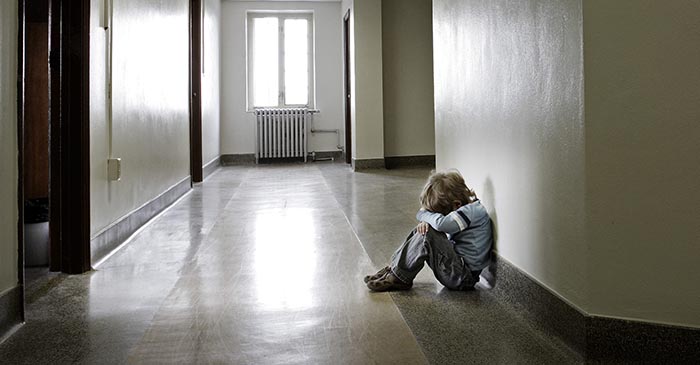
Amid the youth mental health crisis, district leaders share how a trauma response program is useful in quickly providing support and care for students.
From K-12 Dive
Dy Anna Merod
May 5, 2022
In San Antonio, Texas, traumatic experiences involving domestic violence and drive-by shootings are increasingly shaping the lives of students. As a result, the San Antonio Independent School District has turned to a support model, known as Handle With Care, to support children and teens exposed to traumatic events.
Since the 2019-20 school year, Handle With Care has helped San Antonio schools quickly connect students to needed resources, particularly those addressing mental health, said Estella Garza, director of the district’s family and student support services.
Without the program, it would be more difficult to track chronically absent students who are likely to drop out of school, Garza said. The program has further helped the district better understand what students are going through, she added.
“I think some of these kids that were referred to us would have been lost,” Garza said.
Under the program, when a child faces a traumatic event involving emergency responders — such as police, firefighters or emergency medical response workers — the responder provides the child’s name along with the phrase “Handle With Care” to their school. No other details are given about the traumatic incident.
Schools using the program train all staff to be sensitive to and aware of the signs of a student going through trauma so potentially damaging effects from the event are not worsened, said Andrea Darr, director of the West Virginia Center for Children’s Justice, which helped pioneer Handle With Care. On top of that, schools are expected to provide on-site therapy services by certified professionals for children identified as needing extra support.
More districts shift to Handle With Care
Handle With Care has surged in popularity among school districts nationwide, especially during the pandemic, Darr said.
So far, Darr’s team has confirmed at least 33 states contain districts using Handle With Care. Five of those — West Virginia, Nevada, New Jersey, Kentucky and Oklahoma — have statewide systems in place implementing the model, Darr said.
Years before the pandemic created even more trauma in children’s lives, Handle With Care launched in 2013. It grew out of a partnership between the West Virginia Center for Children’s Justice and the U.S. Attorney’s Office for the Southern District of West Virginia.
The program had emerged to address findings in a 2009 study by the National Survey of Children’s Exposure to Violence that more than 60% of children surveyed had been directly or indirectly exposed to violence within the previous year.
A role in the ongoing mental health crisis
As schools now witness a nationwide increase in mental health crises worsened by the pandemic, it’s even more important for districts to be notified when students experience traumatic events, said Jon Duffy, director of counseling and testing at Kanawha County Schools in Charleston, West Virginia.
Student trauma can look different from one location to another. The national opioid crisis has led to students in the district witnessing family members overdosing, Duffy said. Kanawha students have also been commonly exposed to domestic violence, he said.
Kanawha County Schools was the first district to pilot Handle With Care in 2013. What began in just a few schools has now been implemented countywide for at least the past six years, Duffy said, adding that the program has helped provide both acute and longer-term mental health care services for students.
Handle With Care “allows the school to intervene in an early way to support students who have been exposed to trauma,” he said. The district saw an uptick in Handle With Care notices during the pandemic, he added.
Kingsport City Schools in Tennessee began its own Handle With Care program in August, said Jim Nash, the district’s chief student services officer. As of mid-April, the district had received about 65 Handle With Care alerts for the current school year, he said.
Both local law enforcement and school counselors were eager to bring the model to Kingsport, he said. School counselors told Nash the model has helped improve awareness among teachers and staff regarding student trauma.
“It gives you potentially an explanation if a student is not acting as they normally do,” Nash said. “It just helps to have a full picture of the child and an understanding of what they’re going through.”
Photo: MSU Denver RED
Read this and other stories at K-12 Dive

